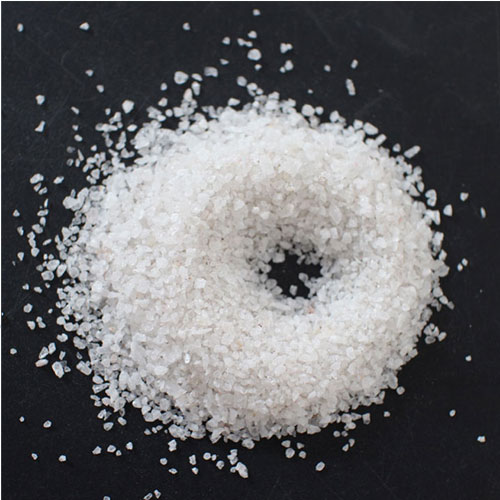What effect do impurity elements have on the quality of high-purity quartz products?

The main impurity elements in quartz are Al, Fe, Ca, Mg, Li, Na, K, Ti, B, H. The impurity elements have a great influence on the quality of high-purity quartz products, such as alkali metals, transition metals, Al and P, etc. Element content is a key indicator of high-purity quartz raw materials. The content requirements of impurity elements vary according to the use of the prepared quartz glass, but the general trend is that the lower the better.
(1) Alkali metal elements Li, K, Na
Reduce the service temperature and mechanical strength of quartz glass, and catalyze the crystallization of quartz glass at high temperature, resulting in devitrification and high temperature deformation of quartz glass. Reducing the content of alkali metal elements is beneficial to increase the softening point of the high-purity quartz crucible, enhance the deformation resistance of the quartz crucible, and improve the yield of single crystals.
IOTA standard sand requires the sum of alkali metal elements to be 2.4×10-6, and the high-purity quartz required for process tubes, silicon wafer processing, quartz blocks, and semiconductor crucibles for single crystal silicon requires the sum of <1.4×10-6, CZ Type crucible requires its sum <0.5 × 10-6, and ultra-high-purity quartz sand for 12-inch or larger silicon wafers requires its sum <0.08 × 10-6.
(2) Transition metal elements Cr, Cu, Fe
The quartz glass produces color spots or causes high temperature discoloration of the quartz glass, which affects the light transmittance and reduces the reliability and stability of the instrument. In the application of optical fibers, it will cause microscopic unevenness, increase fiber loss, and even lead to signal distortion. In semiconductor applications, minute amounts of transition metal elements in the product can promote crystal growth.
(3) Al and P
Entering the quartz lattice will produce strong chemical bonds, which will affect the conductivity of quartz products, and at the same time, enhance the crystallization effect of quartz glass and reduce the service life. A small amount of Al will not affect the quality of high-purity quartz products. IOTA standard sand requires Al element content (12~18)×10-6, but a small amount of Al in the optical fiber will reduce the light transmission of quartz glass. The existence of P element will seriously affect the pulling of single crystal silicon, so the high-purity quartz crucible has high requirements for P, and the content of P element is required to be less than 0.04×10-6.
